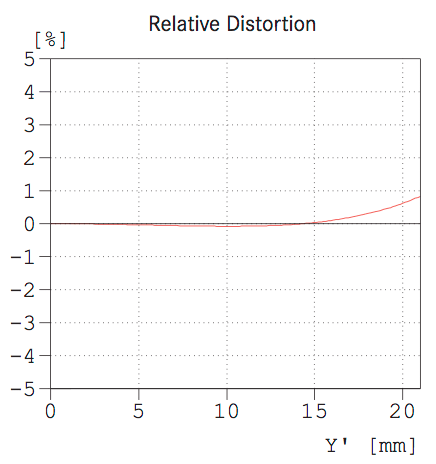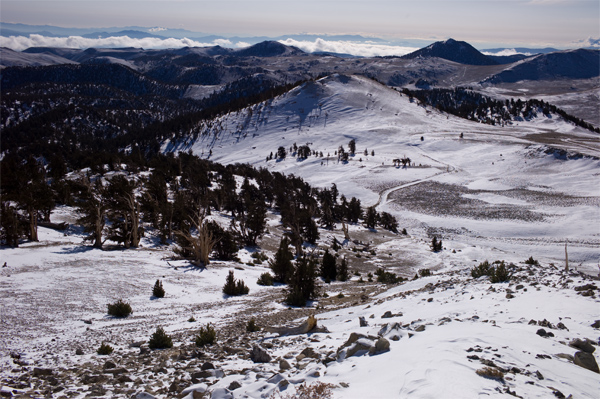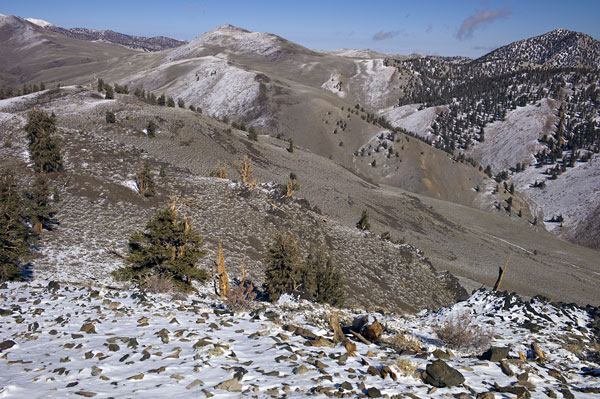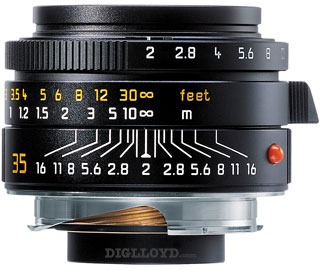
|

$220 SAVE $130 = 37.0% Western Digital 16.0TB Western Digital Ultrastar DC HC550 3.5-in… in Storage: Hard Drives
|

|

|

|

|
Leica 35mm f/2 Summicron-M ASPH
Related: distortion, field curvature, focusing, Leica, Leica 35mm f/2 Summicron-M ASPH, Leica Lenses, Leica M, Leica M lenses, Leica Summicron, Leica Summicron-M, optics, Zeiss ZM
The Leica 35mm f/2 Summicron-M ASPH (about $2795) is an ultra-compact 35mm lens with an aspheric design. The lens is about 1cm shorter than the Zeiss ZM 35/2 Biogon, though with lens hood attached this size differential declines in significance.
The 35/2 ASPH is described as an all-around lens, but has noticeable field curvature which works against it, as I found each time I applied it to landscape duty (three landscape comparisons with the Zeiss ZM 35/2 Biogon are included in my full review).
View near real-time pricing and availability for Zeiss ZM an Leica M lenses on the Leica M gear page.
Focusing
I found it straightforward to focus the Leica 35/2 ASPH reasonably accurately using the rangefinder, but I did tend to backfocus with it, unlike the Zeiss 35/2 Biogon. Leica checked out both lens and camera and stated that there was a trace of front-focus, so I don’t know how to explain that.
Some people might prefer the "tab" focusing with a rangefinder, but I found it awkward to use compared with the Zeiss 35/2 Biogon, and definitely with a sticky feel that I did not like. However, the Leica 35/2 ASPH is 1cm or so shorter than the Zeiss 35/2 Biogon, so ergonomic options diminish and the focusing tab is probably the right solution.
Focusing and aperture rings sit right next to each other. This is where compactness is a negative— while I could train myself, I just do not like the two rings sitting immediately adjacent to each other; it’s a tactile failure. The tab focus helps, but my personal reaction is dislike, yours might differ. I’d consider the Leica 35/1.4 Summilux-M just for that bit of extra “hand room”.
Distortion
Distortion is very low, but pincushion distortion flares up starting at the edges. It is noticeable on an even horizon (eg an ocean or range of hills) or a man-made structure with straight edges. Still, as distortion goes it is considered very low, and hardly of any concern for most shooters and subjects.

Image quality
I was disappointed for landscape use with the 35/2 ASPH. In no case was I able to attain the same sharp results across the frame as with the Zeiss 35/2 Biogon (three landscape comparisons to the Zeiss ZM 35/2 Biogon are provided in my full review in Guide to Leica). I attribute this to field curvature, and f/5.6 is not adequate to overcome it.
Color
Compared to the Zeiss 35/2 Biogon, the Leica 35/2 ASPH has a distinctly magenta cast. That comparison could be reversed, saying that the Biogon has a cyan cast. It really doesn’t matter since white balance and tint can take this into account. But on the basis of choosing “Daylight” color balance for RAW-file processing, I’d rate the Zeiss 35/2 Biogon as neutral.


Aperture
Half-stop click-stops are marked in full stops. I prefer the clearly-marked 1/3 stop increments on the Zeiss 35/2 Biogon.
Composing
Though the 28mm and 50mm focal lengths are also very good, the 35mm focal length feels about perfect on the M9. Frame lines are accurate as can be expected on the M9 with any lens—very good.
Ergonomics
I know that Leica takes pains to minimize lens size, but I feel the 35/2 ASPH just doesn’t fit me all that well. In particular, the lens shade, when attached, has two protruding plastic tabs, which I found annoyingly placed, right where I wanted my fingers to rest, and I never got used to them. The lens felt much better in my hand without the rectangular shade, but I prefer using a shade for the obvious reasons, as well as to help protect the front element (I rarely use filters).
I know that the tab focusing at lens bottom is popular with some shooters, but to me it felt awkward when I wanted fine control of focus (as I always do): I am definitely not a “zone focus” shooter.
Some shooters might disagree (because it keeps the hands more out of the way of the viewfinder), but my view is firm— I greatly prefer the focusing ring of the Zeiss ZM 35/2 Biogon.
Conclusions
I did not investigate in depth other shooting situations where the 35/2 Summicron-M ASPH might shine, such as night shooting, where it appears to be corrected for off-center aberrations at f/2 and f/2.8 than the Zeiss ZM 35/2 Biogon.
The 35/2 Summicron-M ASPH is probably best as a “street shooting” lens. I do not feel that it is ideal for landscape shooting after using it.
The uneven sharpness I observed at the infinity stop definitely involves field curvature; the MTF curve is very suggestive on this point, showing a “wave” in the contrast, a difficulty for a perfectly flat digital sensor when shooting subject matter at the same distance (planar).
Learning more
Want the full scoop on the Leica M9 and lenses?
Read my in-depth report Guide to Leica. Learn more. Subscribe now!
Seagate 22TB IronWolf Pro 7200 rpm SATA III 3.5" Internal NAS HDD (CMR)
SAVE $100



















